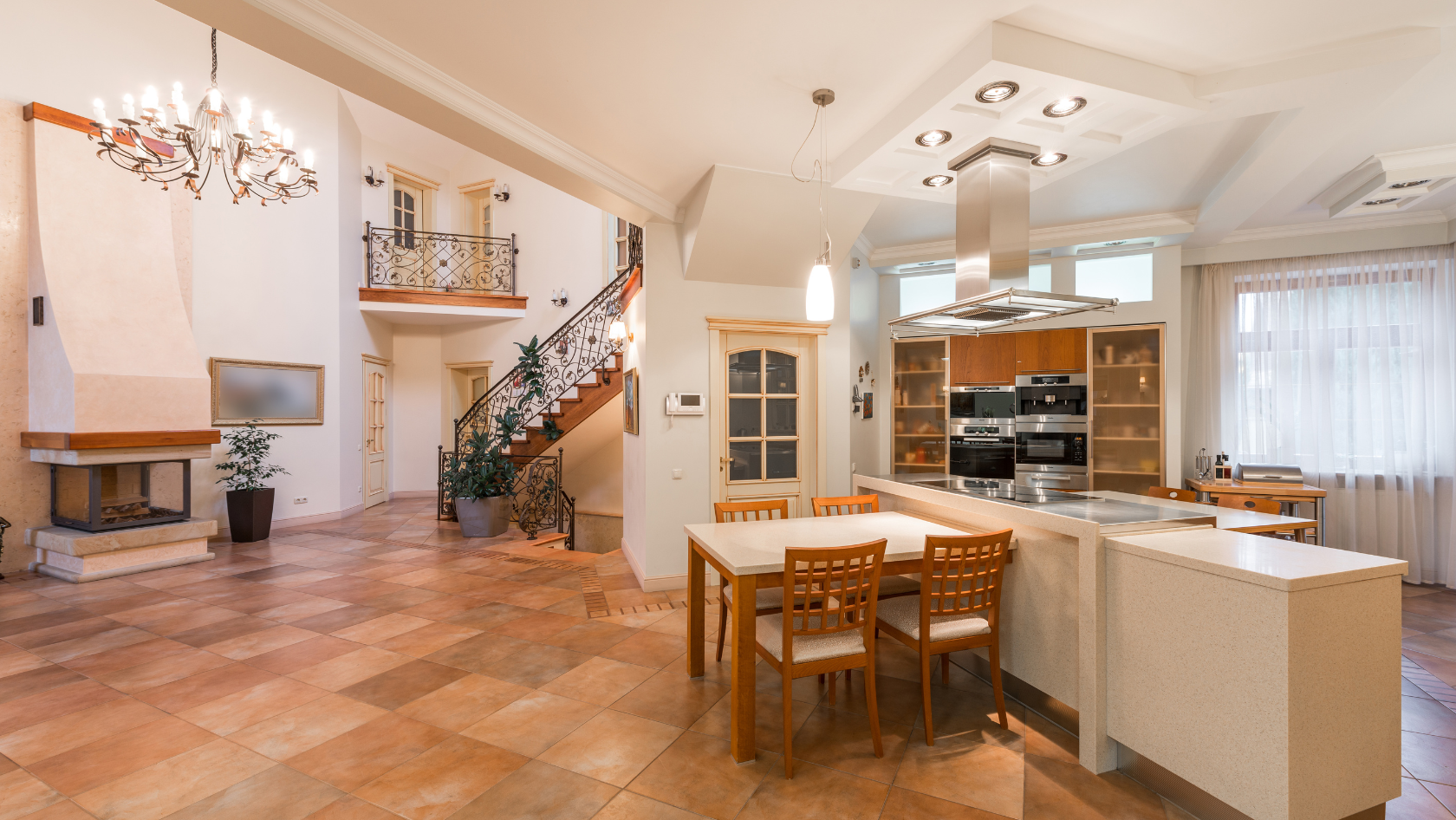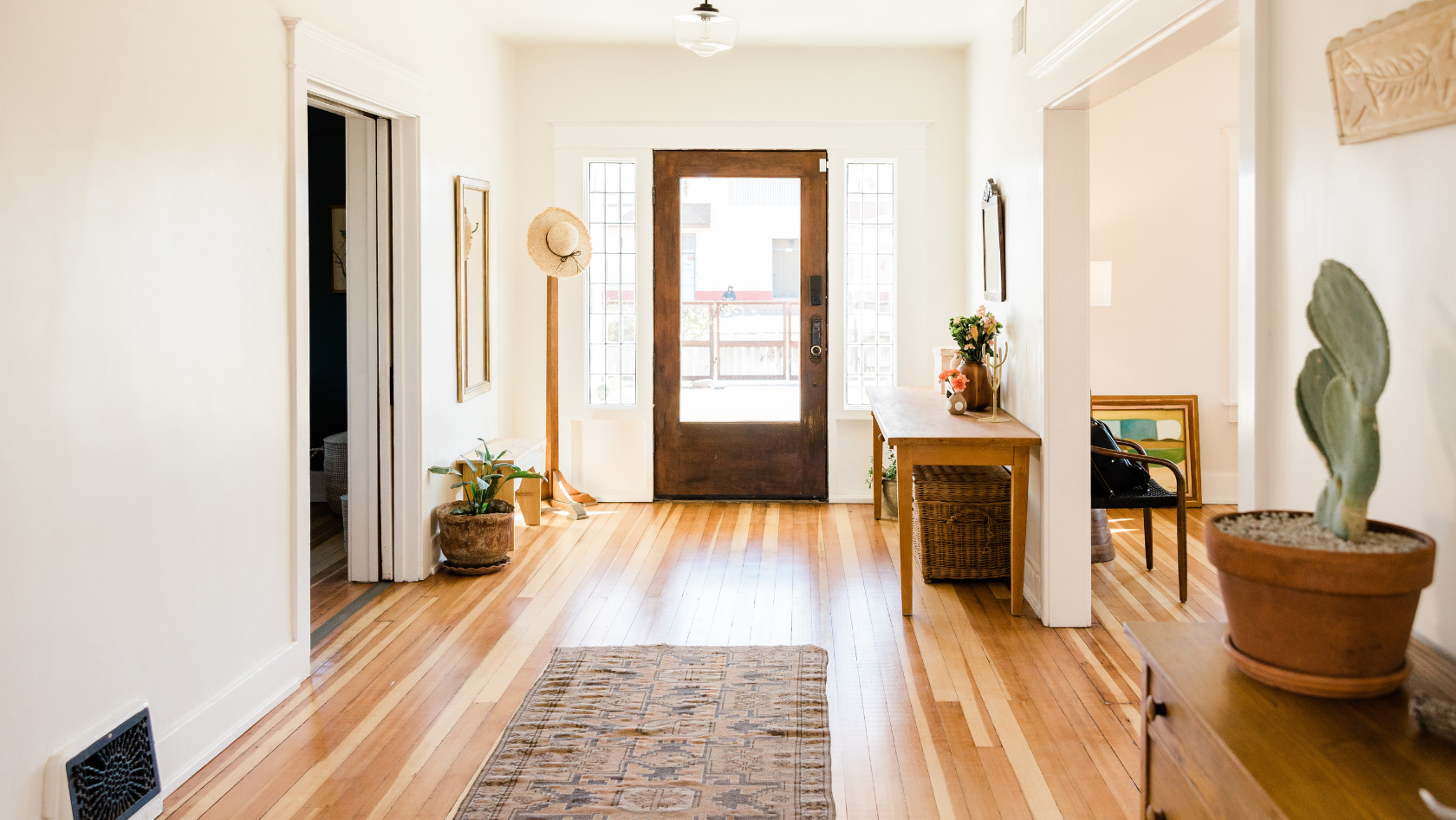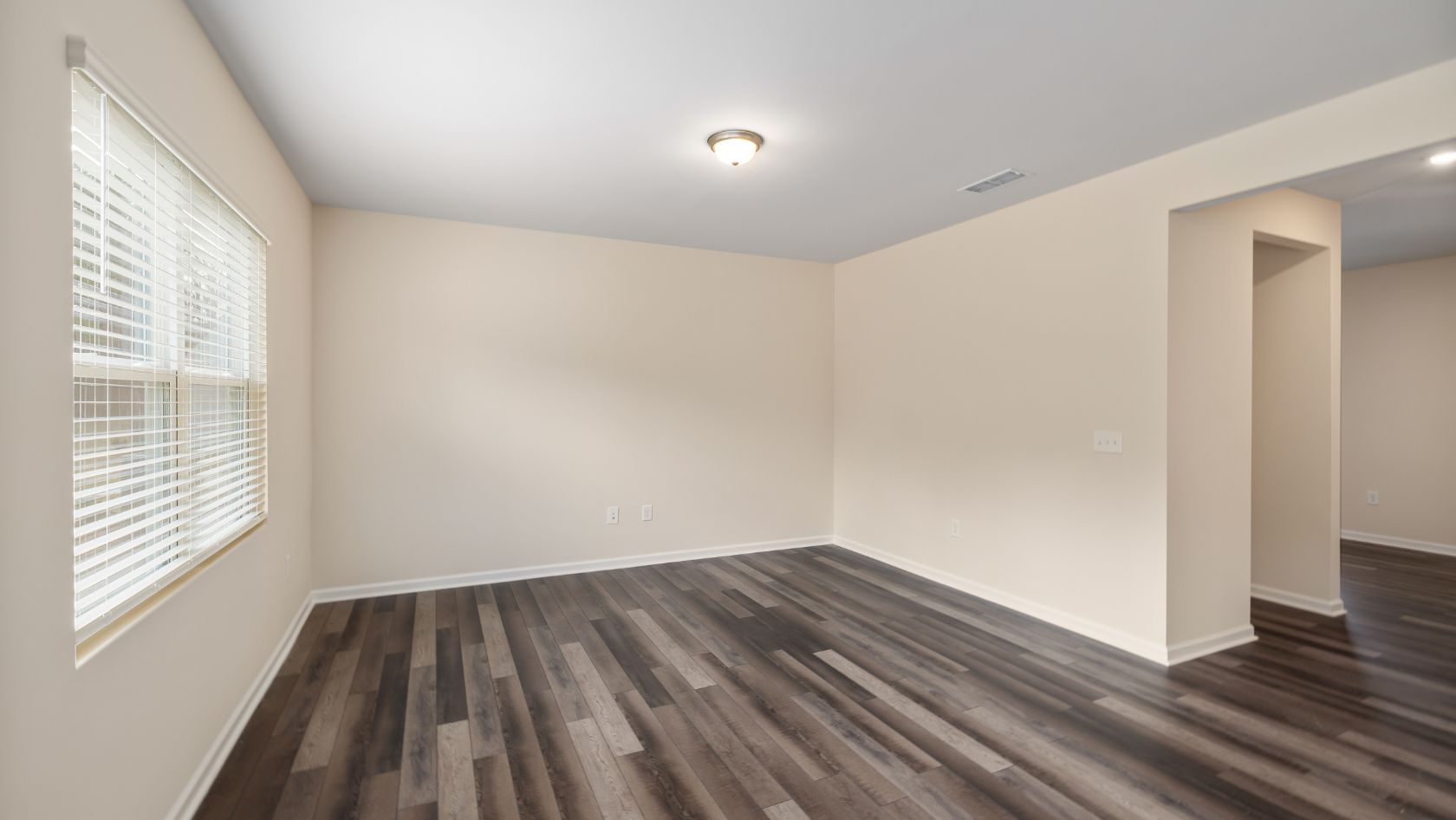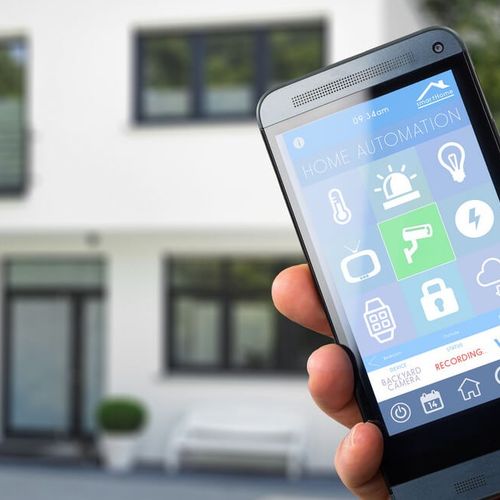Imagine this: You walk through the front door after work. Your dad is teaching your daughter how to make his famous pasta sauce in the kitchen. Your mom is watering plants on the patio. Upstairs, your brother’s finishing up a Zoom call from his home office.
Sound a little chaotic? Maybe. But for millions of families across the U.S., multiple generations living together is becoming the new normal. And surprisingly, they love it.
According to Berkshire Hathaway HomeServices, backed by Warren Buffett’s legendary market foresight, multigenerational living is poised to become the next big housing trend.
Let’s dive in.

Why More Families Are Living Together in 2025
In 2010, 5.1 million U.S. households were considered multigenerational. By 2020, that number had jumped to 6 million. Today, more than 59 million Americans live in homes shared by multiple adult generations, a number that continues to rise.
So, why are so many people turning to multigenerational living? Several factors come into play:
Housing affordability is a major challenge. Many Millennials and Gen Z adults earn less than their parents did at the same age—around $10,000 less when inflation is factored in—while home prices and mortgage rates continue to climb.
Elder care is expensive. Retirement savings often aren’t enough to cover long-term care or assisted living, and many seniors want to age in place.
Childcare costs are skyrocketing. Families with young kids are saving thousands by leaning on grandparents for daily help.
Remote work makes it easier. With flexible work arrangements, multiple adults can now live (and work) under one roof without commuting constraints.
For many families, sharing a home isn’t just about saving money. It’s about building a support system that makes daily life easier and more connected.

What to Look for in a Multigenerational Home
If you’re thinking about buying (or modifying) a home to accommodate more than one generation, you’re not alone. And yes, certain features can make all the difference when it comes to comfort, privacy, and long-term value.
Buyers are looking for:
Separate living areas for privacy (finished basements, in-law suites, ADUs)
Dual kitchens or kitchenettes to allow independence
Universal design features like wider doorways, walk-in showers, and main-floor bedrooms
Multiple entrances for added flexibility and convenience
Even if you’re not buying a new home, retrofitting an existing space to meet multigenerational needs, like converting a garage, basement, or unused dining room, can offer huge benefits.

Selling? Highlight These Features
If you’re planning to sell, it pays to think like a multigenerational buyer.
Homes with flexible layouts and privacy-friendly features often sell faster and for more money. As this trend grows, buyers are prioritizing function over flash. A home that offers room for extended family, caregiving, or co-living can stand out in a competitive market.
Even if your home wasn’t built with multigenerational living in mind, thoughtful staging and clear marketing can help showcase its potential.

A Smart Move for Investors, Too
Multigenerational housing isn’t just a lifestyle. It’s a growing investment opportunity.
Berkshire Hathaway calls it a “goldmine for remodelers,” and they’re not wrong. With more families looking for shared-but-separate space, the demand for multigenerational-friendly homes is climbing fast.
If you’re a current homeowner, converting unused space into a rentable suite or upgrading with accessibility in mind can significantly boost your property’s value. If you’re an investor, targeting homes with conversion potential or developing purpose-built multigenerational rentals could mean higher ROI and longer tenant stays.

Looking Ahead: The Future of Family Living
Builders are catching on. Across the country, new communities are popping up with multigenerational floor plans, universal design elements, and more flexible layouts designed for how people actually live today.
These homes offer:
Private living quarters for parents, grandparents, or adult children
Shared gathering spaces that still allow for alone time
Aging-in-place features that reduce the need for costly renovations later
This trend is about more than just saving money. It’s about creating homes that work for how families actually live today: connected, resilient, and ready to support one another through all stages of life.
Whether you’re buying, selling, or investing, understanding this shift can help you make smarter real estate decisions for the future.
—
Joseph Ranola | Five-Star Staten Island & South Brooklyn Realtor® (30 + Google reviews)
Associate Broker · Matias Real Estate | Founder · Bridge & Boro Team
Serving 103xx and 11209 / 11214 / 11228 | $25 M + closed volume
📞 917-716-1496 | RanolaRealEstate.com
Request your free, data-driven home-value report →


